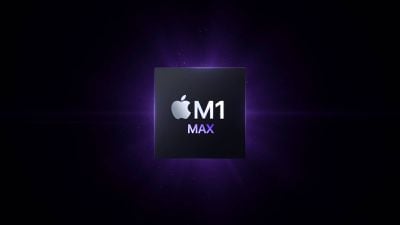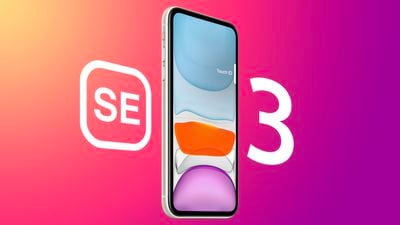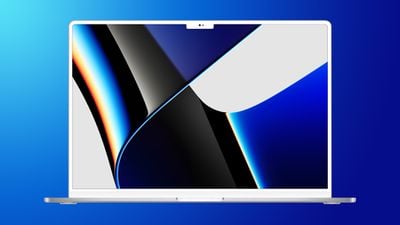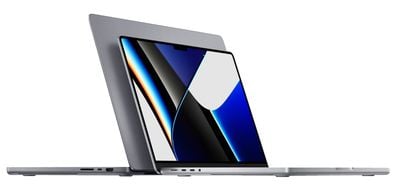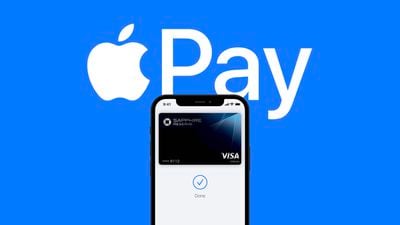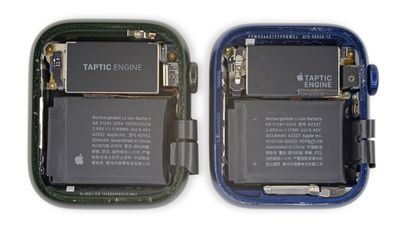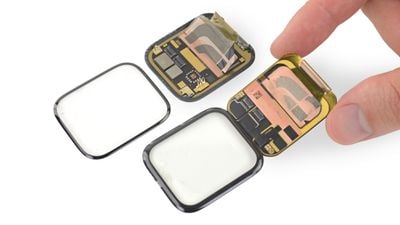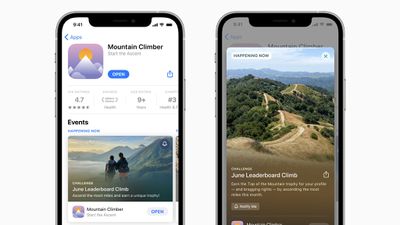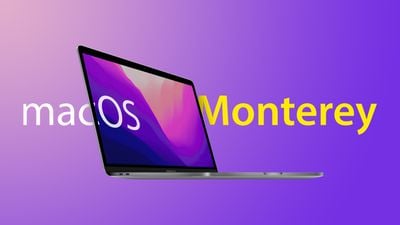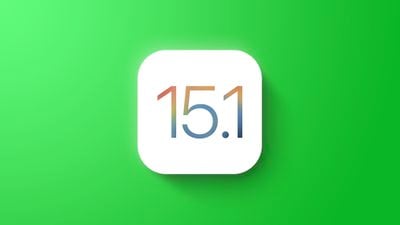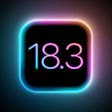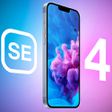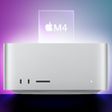Amazon has introduced its first ever discount on the all-new 14-inch MacBook Pro. You can get the 8-Core M1 Pro 512GB model for $1,949.99, down from $1,999.00. This $50 sale is the first time we're tracking a deal on the 14-inch MacBook Pro on Amazon, and the second overall deal following offers from Expercom.
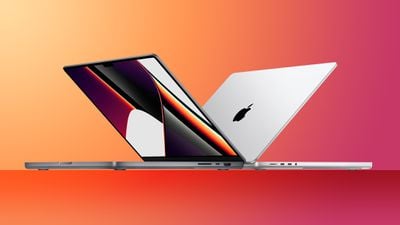 Note: MacRumors is an affiliate partner with Amazon. When you click a link and make a purchase, we may receive a small payment, which helps us keep the site running.
Note: MacRumors is an affiliate partner with Amazon. When you click a link and make a purchase, we may receive a small payment, which helps us keep the site running.
Apple just announced the new MacBook Pro models this week, and they come in 14-inch and 16-inch size options. As of writing, no 16-inch MacBook Pro deals are available on Amazon, but be sure to keep an eye on our Best MacBook Deals guide for when those start to appear.
Shoppers should note that the 14-inch MacBook Pro is a pre-order on Amazon right now. You can still order the notebook today at a discount, and it's estimated to begin shipping out on launch day, October 26.
The new MacBook Pro models feature a redesigned look, with a full-screen display that includes a notch with a 1080p webcam. They include M1 Pro and M1 Max chips, featuring a 10-core CPU with eight high-performance cores and two high-efficiency cores. This makes the new models up to 70 percent faster than the previous generation.
You can find even more discounts on other MacBooks by visiting our Best Deals guide for MacBook Pro and MacBook Air. In this guide we track the steepest discounts for the newest MacBook models every week, so be sure to bookmark it and check back often if you're shopping for a new Apple notebook.
Update: A few hours after we posted, Amazon began discounting the 16-inch MacBook Pro as well. You can get the 10-Core M1 Pro, 1TB model for $2,649.99, down from $2,699.00.


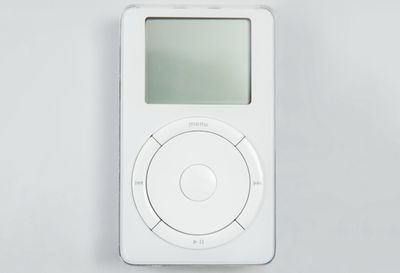
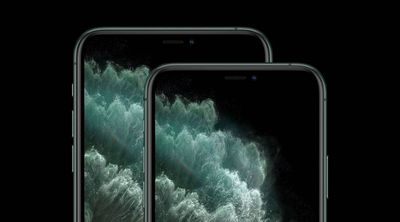 Note: MacRumors is an affiliate partner with some of these vendors. When you click a link and make a purchase, we may receive a small payment, which helps us keep the site running.
Note: MacRumors is an affiliate partner with some of these vendors. When you click a link and make a purchase, we may receive a small payment, which helps us keep the site running.